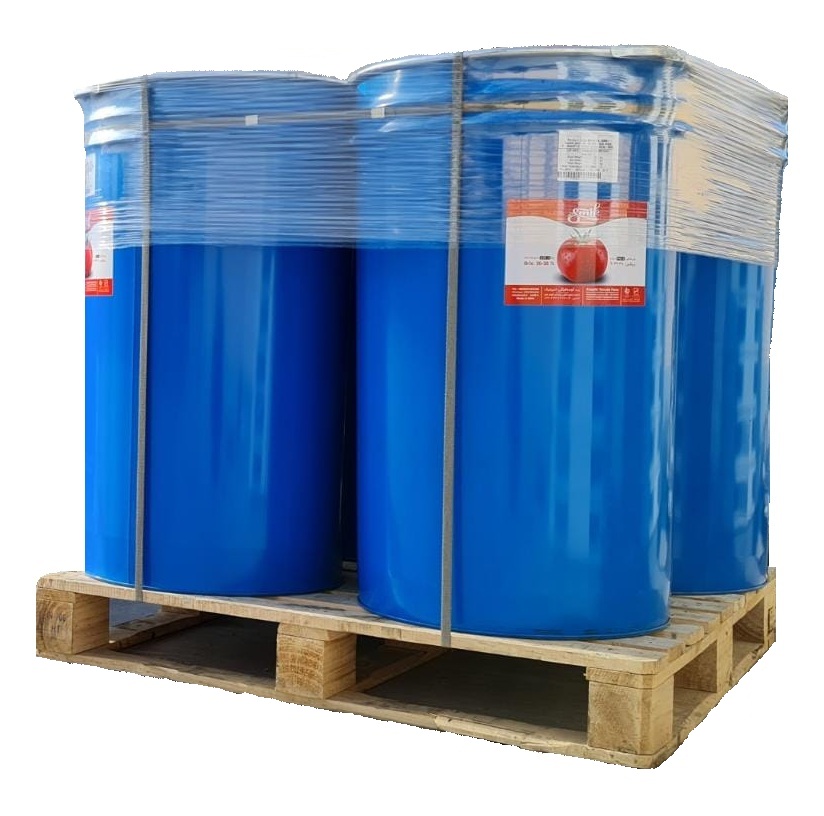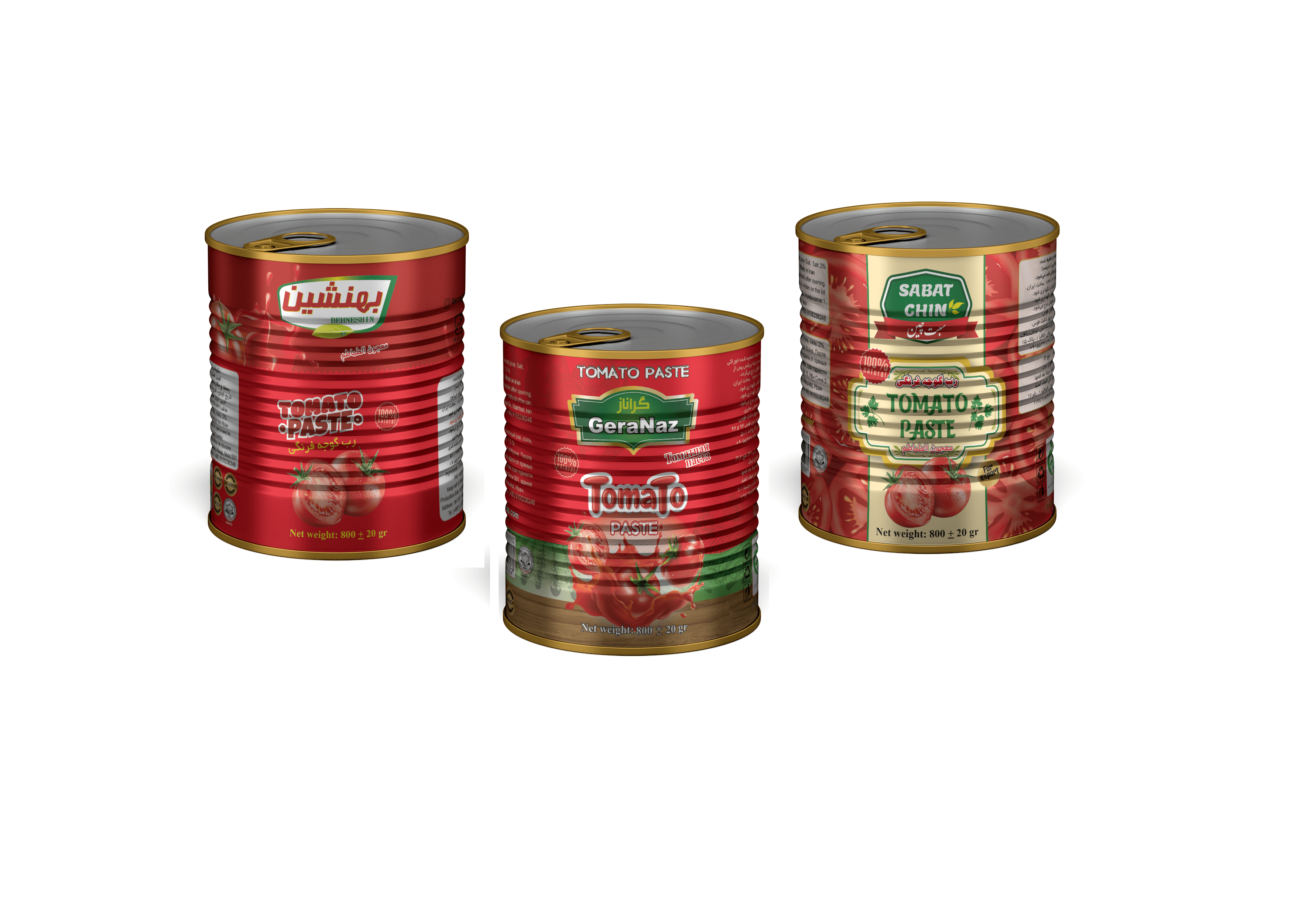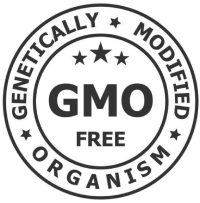the origin of Food packing:
The origin of Food packing dates back to ancient civilizations when people started looking for ways to preserve their food for longer periods, especially during times when food was scarce or difficult to obtain. Over time, various methods of Food packing have evolved, driven by the need to ensure food safety, maintain quality, and facilitate transportation and trade.
Some of the earliest forms of Food packing can be traced back to the ancient Egyptians, who used ceramic pots and jars to store and preserve food items such as grains, oils, and wine. These containers were often sealed with clay or wax to prevent spoilage and contamination.
In ancient Rome, glass containers were introduced as a means of preserving food. Glass was considered a more hygienic and durable material than clay, and it allowed for better visibility of the food contents. However, glass containers were expensive and fragile, limiting their widespread use.
During the Middle Ages, as trade routes expanded, people began using animal bladders and skins to store and transport food, particularly water and milk. These Food packing materials were lightweight and flexible, making them suitable for long journeys.
In the 16th century, the invention of the wooden barrel revolutionized Food packing. Barrels made from oak or other hardwoods provided an airtight environment that helped preserve food items such as wine, beer, and various condiments. Barrels were also used for storing and transporting dry goods like coffee, tea, and spices.
The industrial revolution brought about significant advancements in Food packing technology. In the late 19th and early 20th centuries, innovations like tin cans, aluminum foil, and glass bottles allowed for mass production and distribution of food products. These new packaging materials offered better protection against contamination, extended shelf life, and facilitated long-distance transportation.
In the mid-20th century, the development of plastic materials led to the creation of various packaging formats, such as plastic containers, bags, and wraps. Plastic packaging offered advantages like lightweight, flexibility, and impermeability to air, moisture, and gases, which helped maintain food freshness and quality.
More recent innovations in Food packing include vacuum sealing, modified atmosphere packaging (MAP), and aseptic packaging, which further enhance food preservation and safety. These advancements have played a crucial role in meeting the growing global demand for food, ensuring access to safe and high-quality products for consumers worldwide.
What is aseptic packing:
Aseptic packaging, also known as aseptic processing or as aseptics, is a Food packing technology that involves the sterilization of food products and their containers, followed by the filling and sealing of the products in a sterile environment. This method ensures that the packaged food remains safe from contamination and maintains its freshness, quality, and nutritional value for an extended period without the need for refrigeration or preservatives.
The aseptic packaging process consists of several key steps:
1. Sterilization of the food product:
The food is heated to a high temperature to eliminate any microorganisms, such as bacteria, yeasts, and molds, that may cause spoilage or foodborne illnesses. This process, called thermal processing, can be done using methods like pasteurization, ultra-high temperature (UHT) treatment, or retorting.
2. Sterilization of the packaging materials:
The Food packing materials, such as cartons, pouches, or cans, are also treated to remove any contaminants. This can be achieved through various methods, including autoclaving, gamma radiation, or chemical sterilization.
3. Filling the sterile product into sterile packaging:
Once both the food product and the packaging materials are sterilized, they are filled in a sterile environment, typically within an aseptic filling room or a laminar airflow cabinet. This ensures that no contaminants enter the packaging during the filling process.
4. Sealing the package:
After filling, the packaging is sealed using specialized equipment that maintains the sterile conditions. This may involve heat sealing, ultrasonic sealing, or other methods that create a strong and secure seal to prevent any contamination or spoilage.
5. Storage and transportation:
The aseptically packed products can be stored and transported at ambient temperatures, room temperature, or even chilled conditions, depending on the specific product requirements. Refrigeration is not always necessary, which reduces the need for cold chain infrastructure and lowers the overall environmental impact.
Some of the key benefits of aseptic packaging include:
1. Extended Shelf Life:
Aseptically packaged products can have a significantly longer shelf life compared to traditional packaging methods. This is because the food products and packaging materials are sterilized before filling, which eliminates the risk of contamination and spoilage during the packaging process. As a result, aseptically packaged products can stay fresh for an extended period without the need for refrigeration or preservatives.
2. Reduced Waste:
Food packing and Aseptic packaging materials are often made from sustainable materials like cardboard or plastic, which contributes less to environmental waste compared to glass or metal containers. Additionally, since aseptically packaged products have a longer shelf life, there is less likelihood of food waste due to spoilage.
3. Improved Food Safety:
Aseptic packaging ensures that the food remains safe for consumption throughout its shelf life, as it is protected from contamination during the packaging process. This is particularly important for vulnerable consumer groups, such as infants, the elderly, and immunocompromised individuals, who may be more susceptible to foodborne illnesses.
4. Convenience:
Aseptically packaged products can be easily transported, stored, and consumed without the need for additional preservatives or refrigeration. This makes them a convenient choice for consumers, especially those who lead busy lifestyles or have limited access to refrigeration facilities.
5. Reduced Environmental Impact:
Since aseptic packaging materials do not require refrigeration during transportation and storage, the overall environmental impact is reduced. This includes lower energy consumption for cold chain maintenance and reduced greenhouse gas emissions associated with refrigeration.
6. Enhanced Product Quality:
Food packing and Aseptic packaging helps maintain the quality of food products by protecting them from exposure to light, oxygen, and other external factors that can cause deterioration. This results in a higher-quality product for consumers, as the taste, texture, and nutritional value of the food remain intact for a longer period.
7. Global Trade Facilitation:
Food packing Aseptic packaging allows for the distribution of fresh, high-quality food products across long distances without the need for refrigerated transportation infrastructure. This facilitates global trade and makes it possible for consumers worldwide to access a wider variety of fresh, safe, and nutritious food products.
In summary, aseptic packaging offers numerous advantages, including extended shelf life, reduced waste, improved food safety, convenience, reduced
environmental impact, enhanced product quality, and global trade facilitation.
These benefits have made aseptic packaging an increasingly popular choice for food manufacturers and consumers alike, contributing to the growth and development of the global food industry.
visit our Aseptic tomato paste in :/https://geranaz.com/product-category/aseptic/
for more information visit:/https://en.wikipedia.org/wiki/Aseptic_processing/













